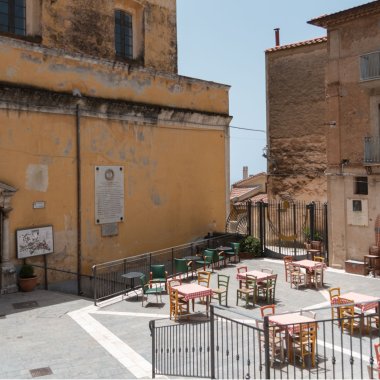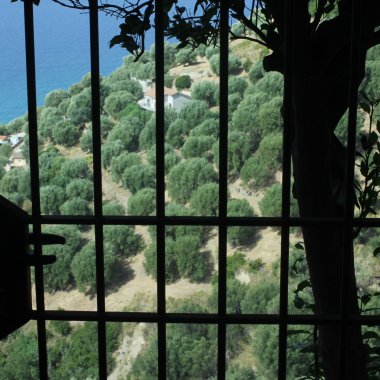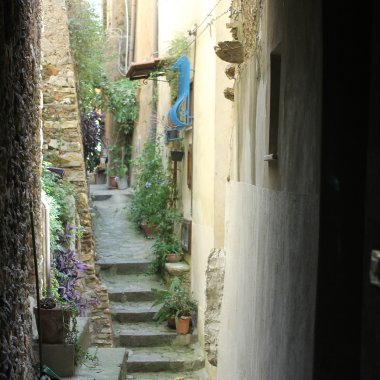The Little Pixous
Pisciotta is among the most beautiful villages in Cilento: it features stunning land and seascapes, with a great naturalistic, historical and artistic importance. And if that were not enough, it is a land of food excellence and unique Slow Food presidia.
Its origin dates back to 915 AD. and is linked to a terrible event: the destruction of Policastro (the ancient Pixous of the Greeks) by the Saracens.
The survivors of the terrible raid flee to the north, beyond Capo Palinuro and found this new city, giving it the name of their lost homeland: Pixoctum, which means nothing but Little Pixous.
This new village is mentioned for the first time in Norman times, in the Catalogus Baronum. In a short time Pisciotta became a crucial fiefdom.
Theatre of clashes between Bourbon and Napoleon, it is one of the most active Cilento centres during the whole Risorgimento.
Its long history is visible in the town's architecture, which amplifies and enhances the beauty of the place: a splendid terrace overlooking the sea in the midst of olive trees, with many stately buildings.
No less are the sacred architecture, including chapels and churches that offer examples of late Baroque style.
The vegetation is a riot of Mediterranean scrub, with chestnut, alder woods, broom, and of course the true symbol of Cilento, which takes its name from Pisciotta: the Pisciotta olive tree, the oldest variety of olive tree introduced by the Greeks, precisely the Phocians who founded Elea.
In Pisciotta still survives one of the oldest fishing techniques in the Mediterranean, the Menaica, also introduced by the Greeks more than 2600 years ago, one of the most sustainable fishing techniques ever, which gives a product of excellence: the Anchovies of Menaica, Slow Food presidium.
Check availability






























